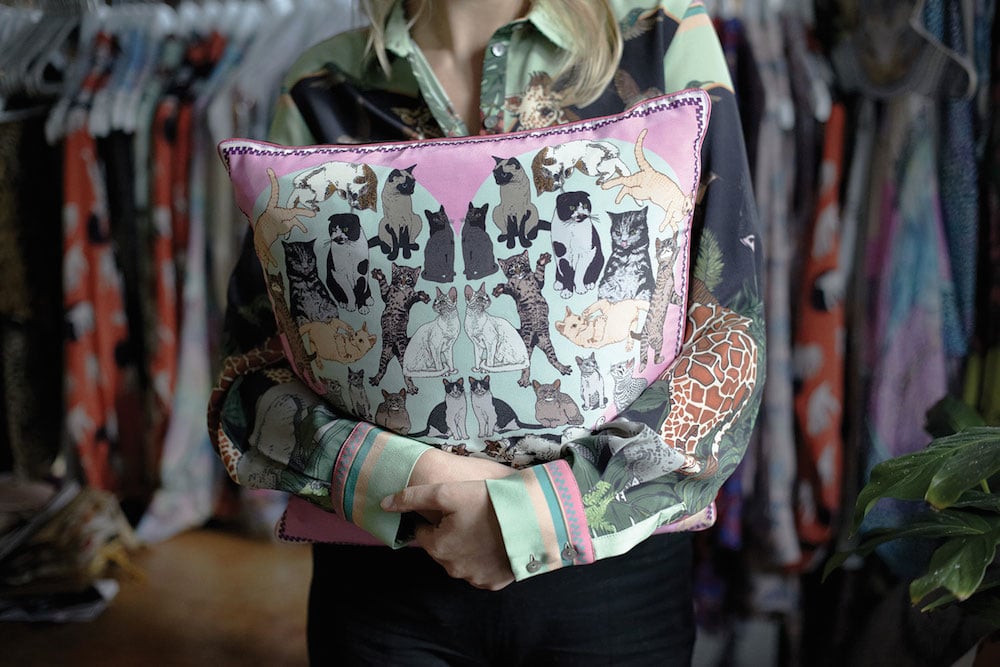Zine scene: how Russia’s long tradition of self-publishing is still thriving today
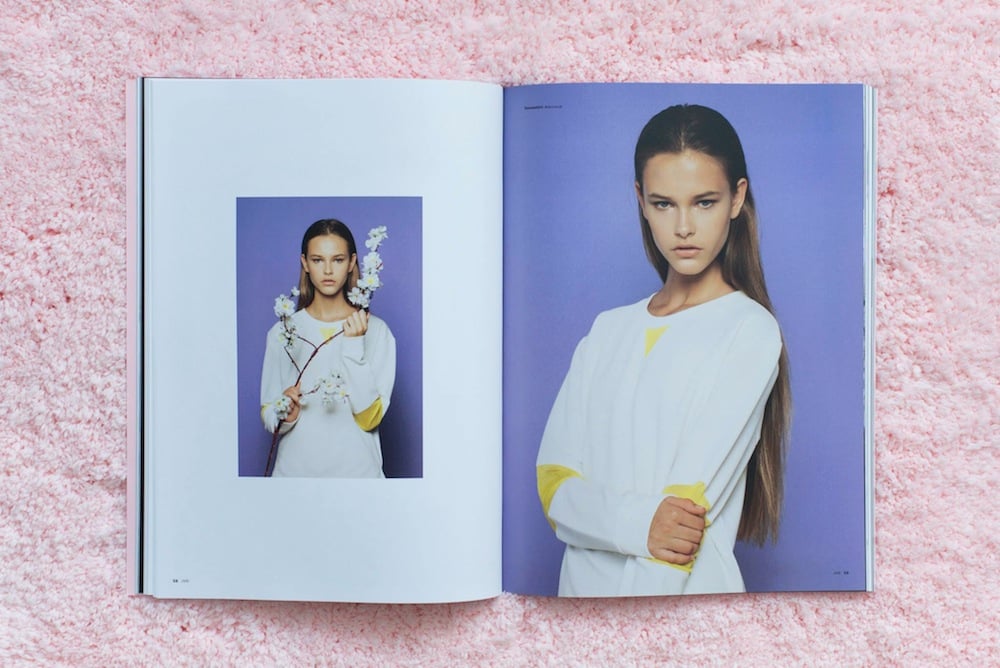
Self-publishing, or samizdat, was how censored writers, thinkers or underground artists disseminated their work during Soviet times. But it’s still widespread in Russia today: a way of showcasing work and staying independent from advertising or political control. Here are ten of the best Russian samizdat zines.
Moskvich
Moskvich is a collection of random stories that, together, offer a snapshot of the modern cultural habits of Muscovites (Moskvich means Muscovite). They are told with a touch of irony, a positive attitude and love of the city and its inhabitants. Among others, there’s been an essay on the bird species of the region, a story of a down-on-his-luck businessman who lives in a camper van next to a canal, and a historian pondering the meaning of life. Photographs are the basis of Moskvich, but it’s the witty titles and captions that really make the zine. The third issue is bilingual, and sold in many European cities. According to its founders, Moskvich gets more appreciation abroad than in Russia.
Miliy Drug
The pilot issue of Miliy Drug (Dear Friend) was created in 2012 as the side project of a team of Moscow-based journalists who were fed up with mainstream media. They decided to make an alternative magazine in every sense: in words, themes and visuals. Produced in Novogireyevo, an eastern suburb of Moscow, the founders of Miliy Drug declared it “a tabloid with Novogireyevo-centric points of view on global culture, science, politics and society”, pointing out that “only a tabloid could be a real tool to study the anatomy of the city”. They greeted their readers with: “Welcome to Novogireyevo, bitches.” Full of irony and crude language, the zine mocks stereotypical media genres and stock phrases. Its sections include Hot or not, Novogireyevoleaks and Cheap infotainment. Among its stories are statistics on things that Russians do by mistake (such as putting the ballot paper in the wrong box), drunk taxi-drivers’ slang and advice on how to earn a million by solving one of the unsolved mathematical problems of the century. Miliy Drug got a lot of attention when it first appeared, but after the second issue the team went their separate ways.
Utopia
“The word utopia had been in my mind for quite a while,” says Sergey Kostromin, a graduate of Moscow’s Institute of Contemporary Art. “I made this zine as a reflection on the theme. I think it is quite relevant to the present times: everyone is in search of their own private utopia: an unreachable, non-existent place, or satisfactory emotions that might be faked with the help of consumerist society.” Sergey invited his friends to think about the theme too, enabling him to see it from various angles. The zine is a blend of photographs from contributors, screenshots from Youtube and search results for the word “utopia”.
Nosorog
Literary magazines are rare today. The idea for Nosorog (Rhinoceros) came to the young literary critic and writer Katya Morozova during her university studies. She was doing research on magazines that have existed since Soviet times, and noticed that there was no place in them for her work or that of other young writers. She decided to create a magazine that would introduce unknown names rather than printing mainstream light fiction or overloading the pages with works by popular authors. Among the names on the cover of the first issue of Nosorog were Pavel Pepperstein, Dmitry Danilov, Stanislav Snytko and Kirill Adibekov; it also included a new translation of A Throw of the Dice by Stéphane Mallarmé. Unlike other magazines dedicated to reading matter, Nosorog comes complete with eye-catching design and visuals by undiscovered artists.
Aglec
In 2009 the fashion designer, photographer and filmmaker Gosha Rubchinskiy accompanied his new fashion collection with a zine about youth subcultures in post-Soviet Russia. With the help of photographers, writers and graphic designers he created collages of text and image, juxtaposing symbols that surround the youth of today, including Orthodox crosses, skateboards, black metal T-shirts and school gyms. Despite being a sort of lookbook for Rubchinskiy’s collection, Aglec inspired many young creatives to try their hand at self-publishing. It was followed by another issue and other zines by Rubchinskiy and his team, published and circulated in Moscow, Berlin and London.
Russia Without Us
“A magazine for teens that miss the times they never had the chance to live in,” say its founders. Andrey Urodov and his like-minded contributors oppose the lifestyle promoted by the mainstream media, instead turning to experiences and feelings that remain invisible to many, or trying to recreate those from the past with the help of teenage memories of the 1990s. Taking a ride in a packed short-distance train, strolling around khrushchyovki (cheap, Soviet apartment blocks) in suburbs and visiting an old library. Every issue is 100 pages of nostalgia and irony, with themes referencing some Soviet or post-Soviet cultural term: Motherland, Youth in Russia, Trash as a State of the Russian Soul, Recreation. Only ten copies each of the first four editions of Russia Without Us were published. For the fifth, the team went through a successful crowd-funding process, and now they are able to extend the circulation.
Unnamed zine by Bomb Studio
Alexey Vahromov, co-owner of a silk-printing studio in St Petersburg, wanted to give a new life to photos that he and his friends took while travelling the world. The zine appears to be a sophisticated visual travel journal with an accent on catching moments and moods. Printed with both digital and silk-screen techniques, the paper varies in texture, and photographs are amplified with illustrations of imaginary characters. “I have made it for friends mainly, but then some unknown people from other cities became interested in getting hold of a copy. The new issue will come out in October. I never thought of giving it a name. I guess I will just call it Bomb #1, Bomb #2.”
Meow Magazine
Meow Magazine occupies its own space in Russian magazine culture, presenting, through photography and illustration, a collection of erotic images with no particular stylistic borders. The images vary from sensual and dreamy to those produced with touches of fun and irony. “It’s more like a game or an experiment,” says St Petersburg-based photographer Ivan Peretz, who started the mag. “It’s aesthetic research into sexuality and eroticism, which to me is related to freedom and honesty. Sexuality can appear not only in a naked body, but in a personal style, or even in a landscape. We call it an ‘educational erotic magazine’ as we try to surprise, amuse and inspire.” In the first issue there are 100 pages of photos from young established photographers, including Masha Demianova and Sasha Kurmaz. It sold very quickly, and now Peretz has started work on a second issue.
JMB
This fat, glossy bookzine dedicated to fashion is the brainchild of Dmitry Pisotsky, photographer and ex-art director of a St Petersburg branding agency. For the content, Pisotsky used his personal photographic work and that of his friends, making all production works by himself. With a simple recipe — lots of fashion images, some nude, some painting artworks and a minimum of text – JMB is a rare example of a self-publishing project on fashion in Russia.
My Personal Izhevsk
“A subcultural anthology not for strangers”, says the cover. My Personal Izhevsk is a guide to a small industrial city in Udmurdia region as told by members of the underground art community that appeared there in the 90s. “It’s a personal project about subculture in a city known for being home of the Kalashikov gun and for bands that play sad electronic music,” says the magazine’s founder Vitaly Zhuykov, a graphic and interior designer and former member of the 90s Izhevsk music scene. The magazine is an encyclopaedia of places, names, dates, and terms associated with the city. There’s a map of its monuments, statistics of suicides in the region, a photographic diary of an appendicitis patient, a timeline of the best albums produced there (that everyone should listen to at least once) and so on. “It’s done as an archive for future generations,“ adds Zhuykov. Only one issue has been produced so far, but it got a sibling publication called Soda that’s also an anthology of past and present subcultures — not just from the city but worldwide.
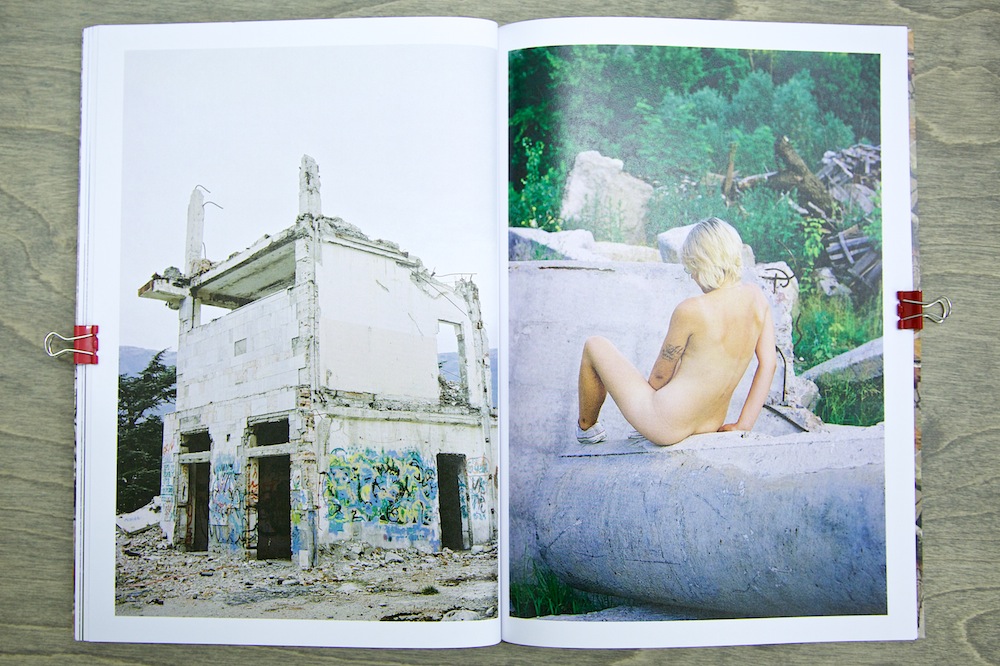



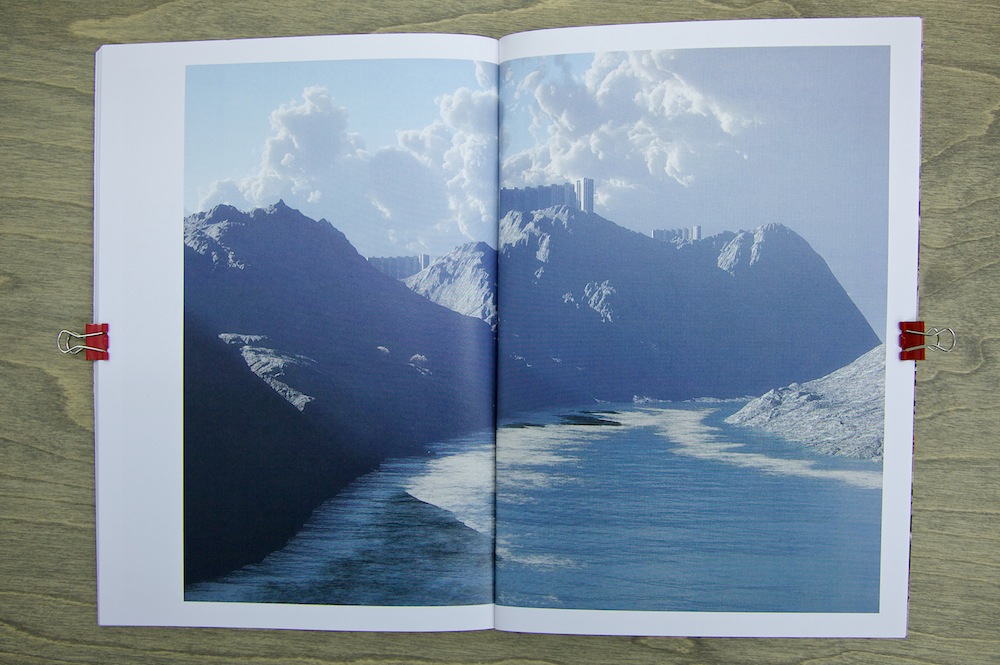

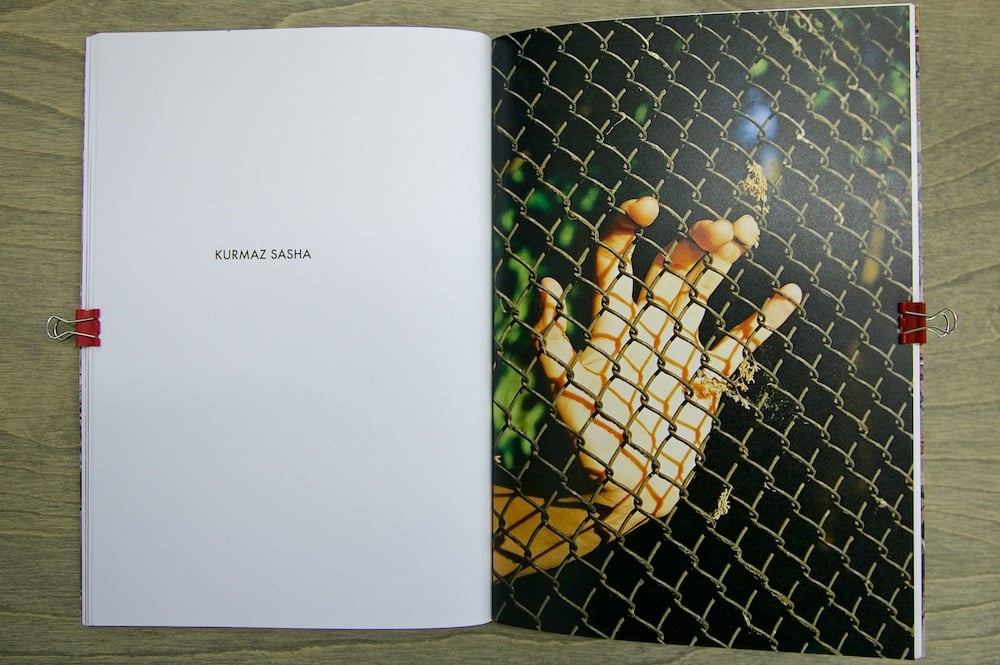






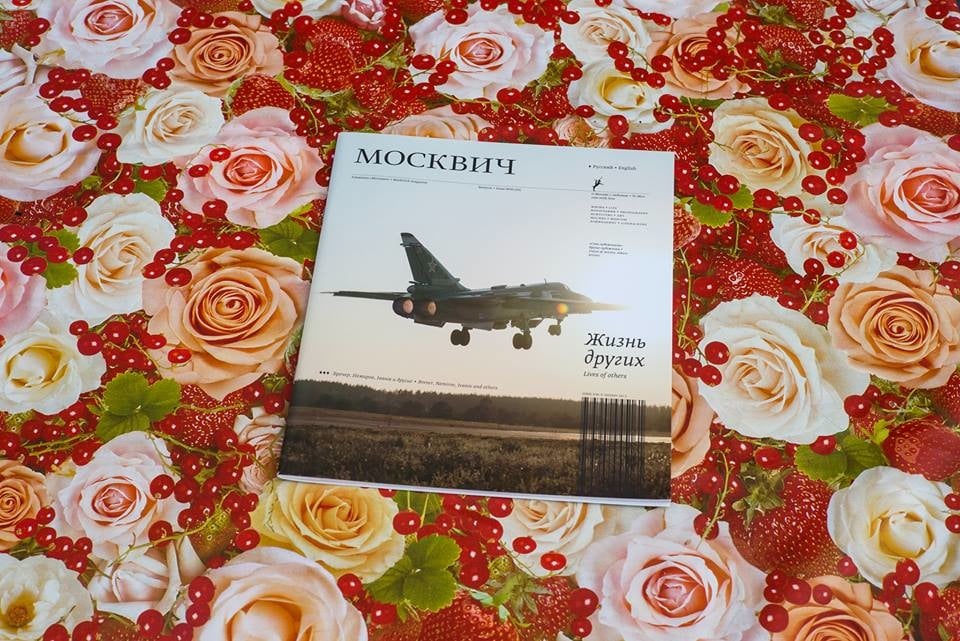
_3.jpg)

_2.jpg)

.jpg)
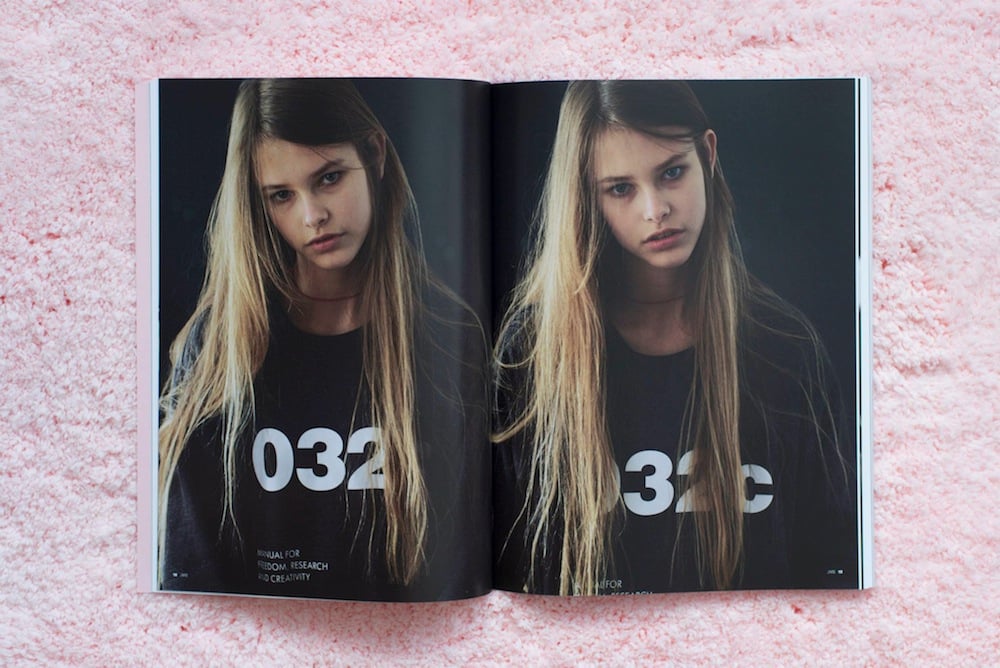
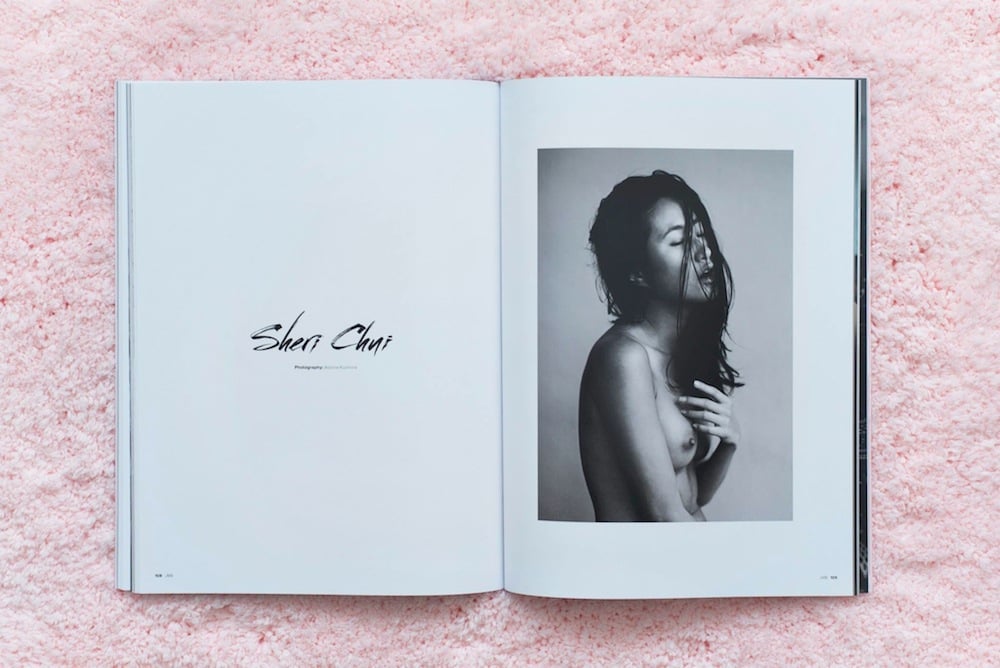
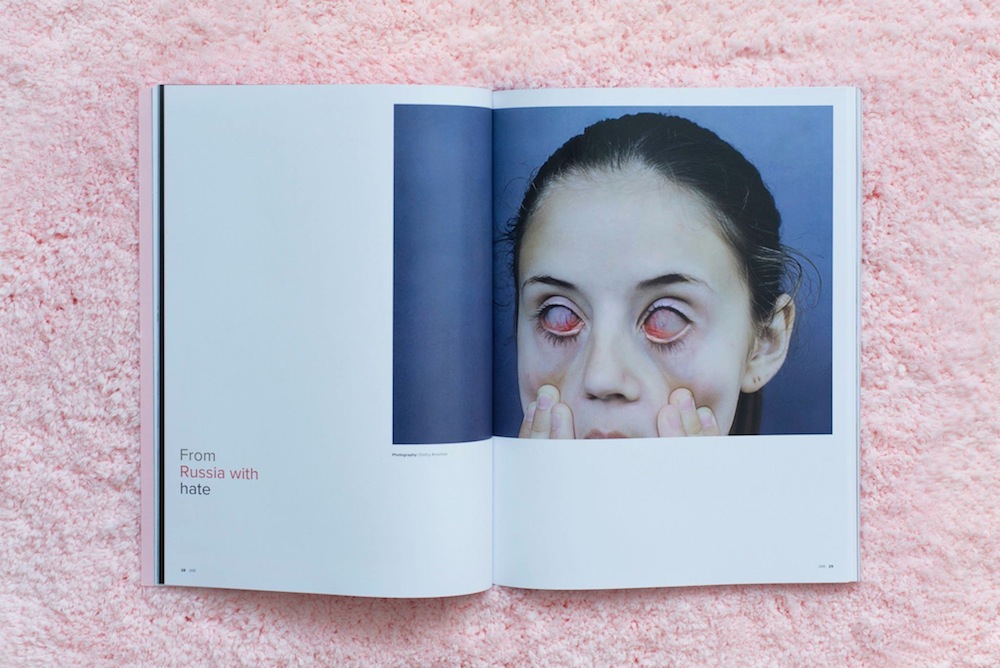
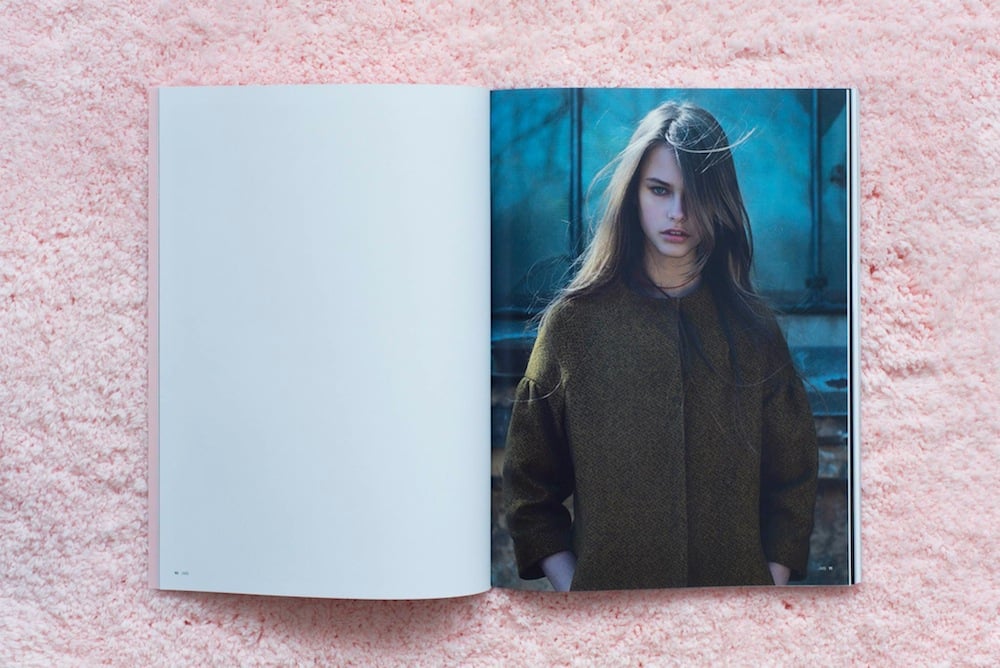
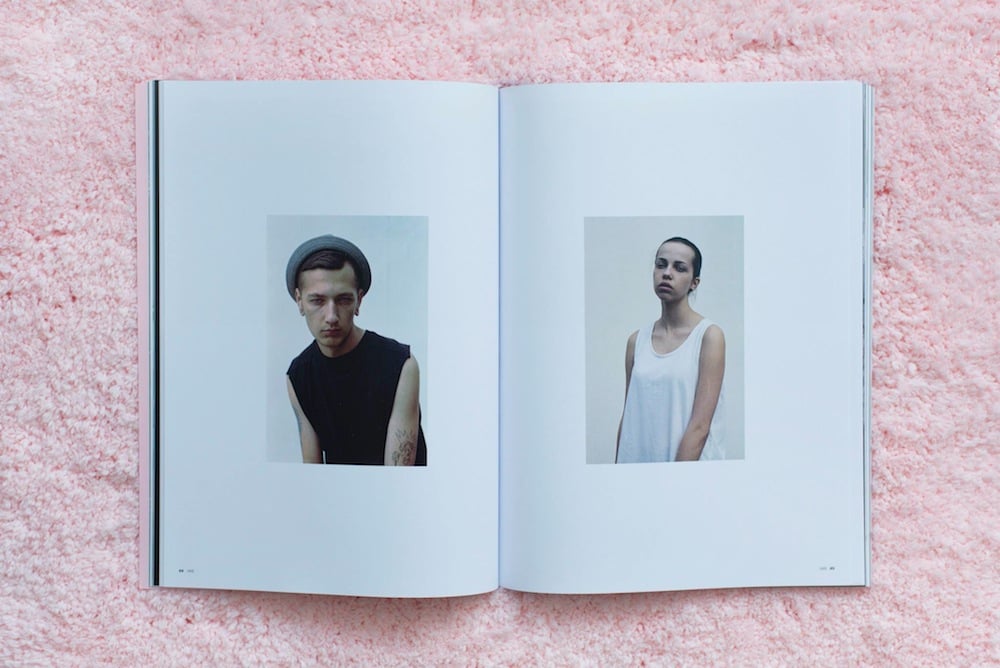
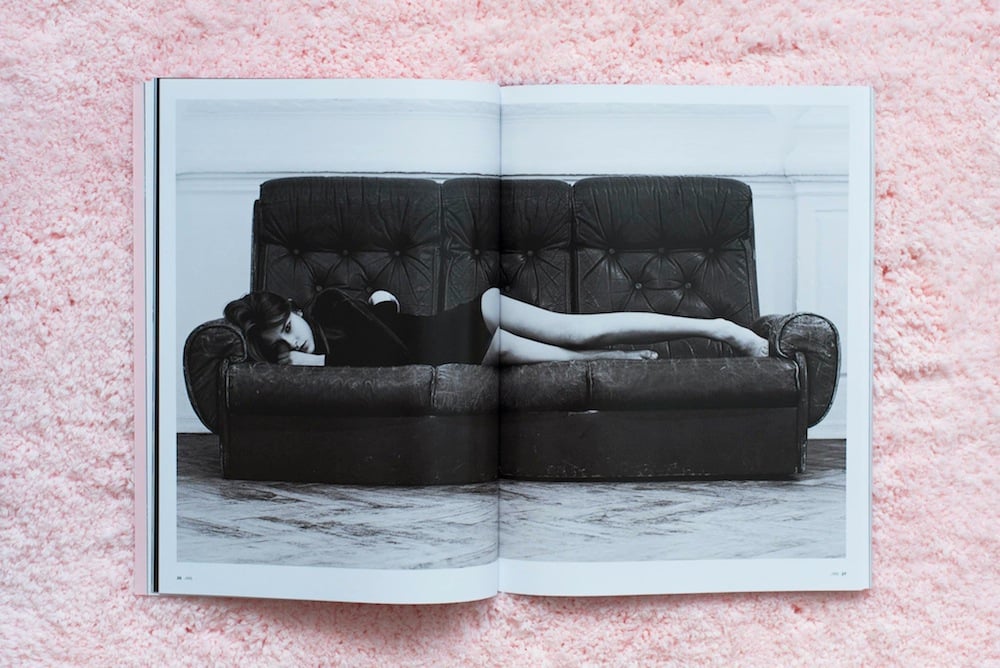

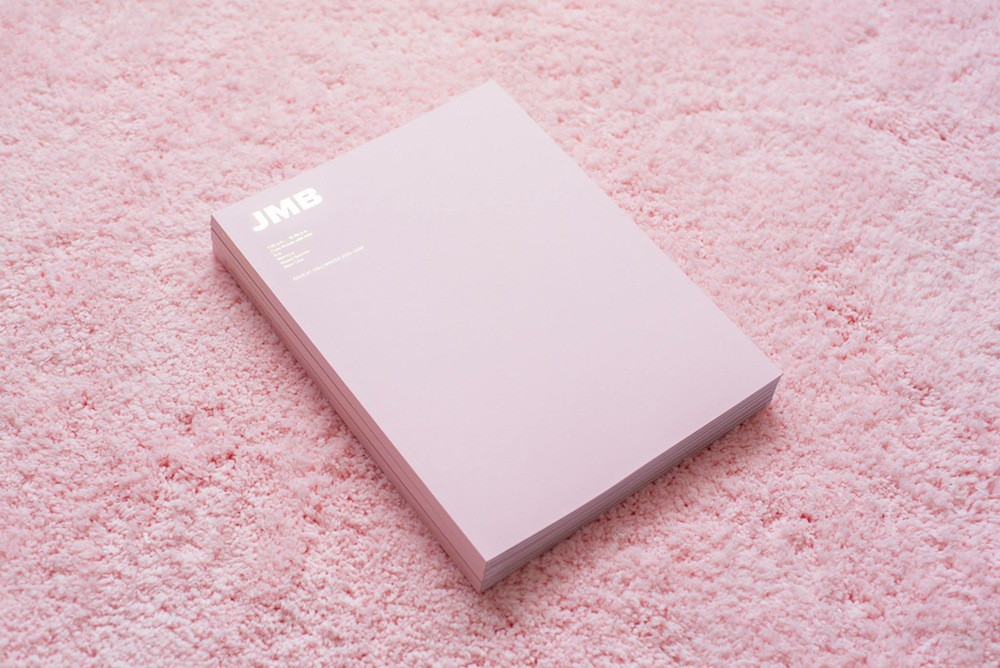
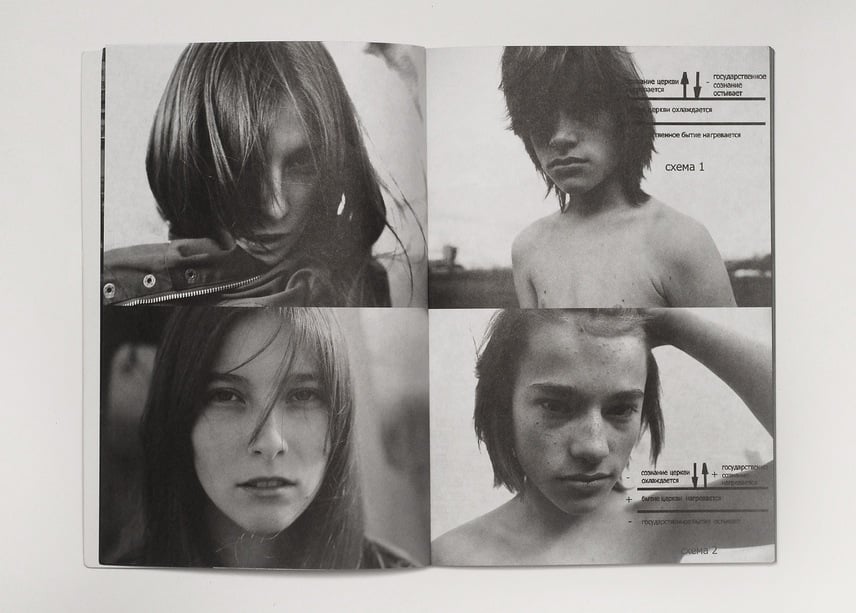
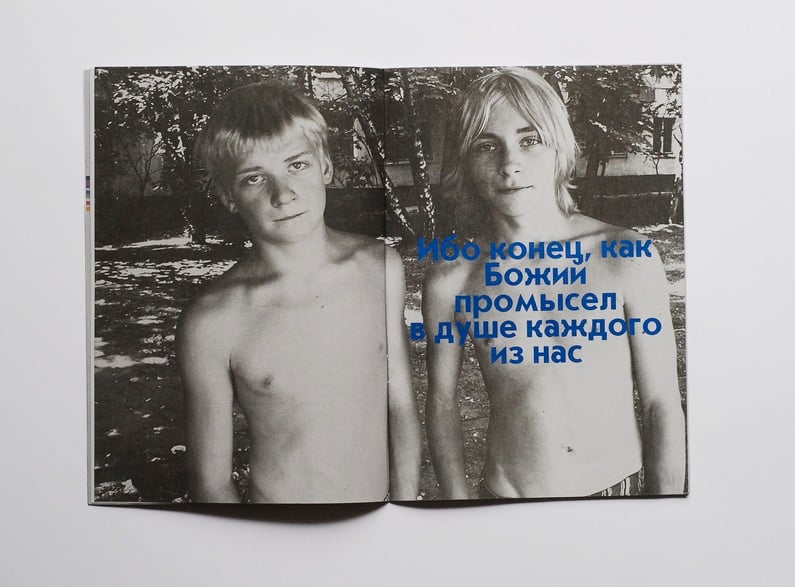
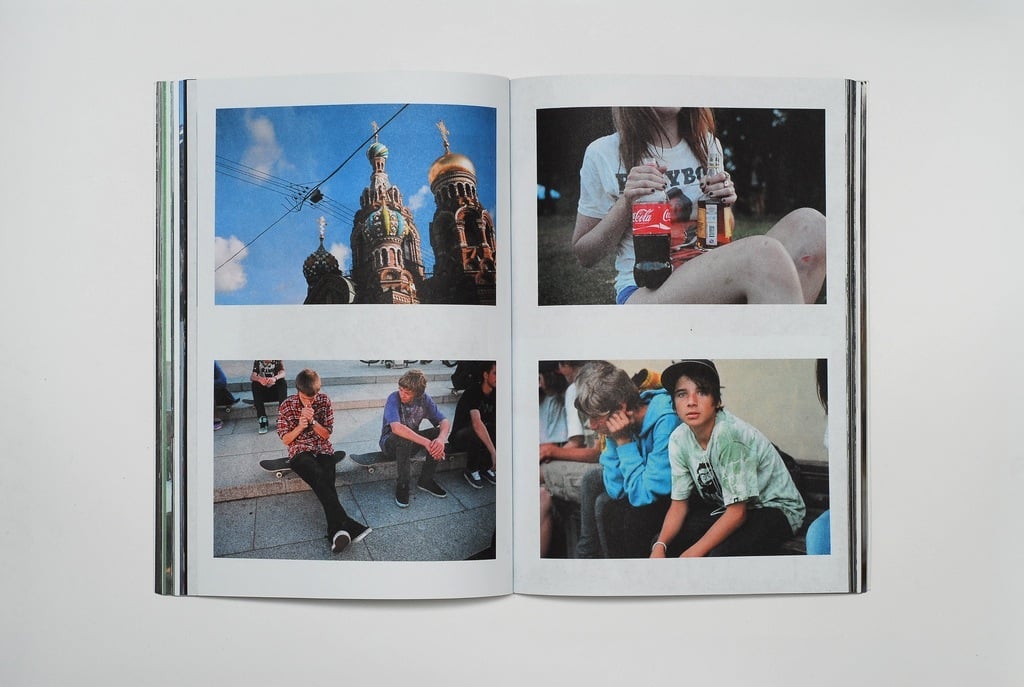
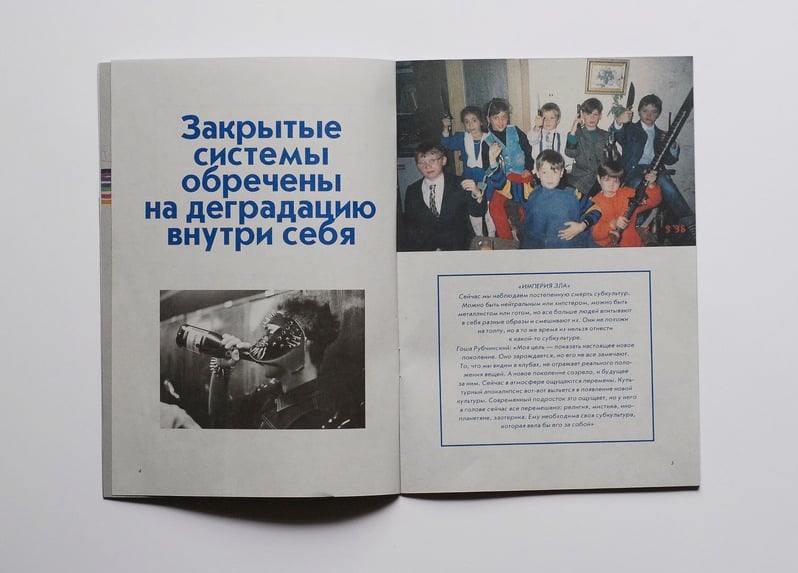
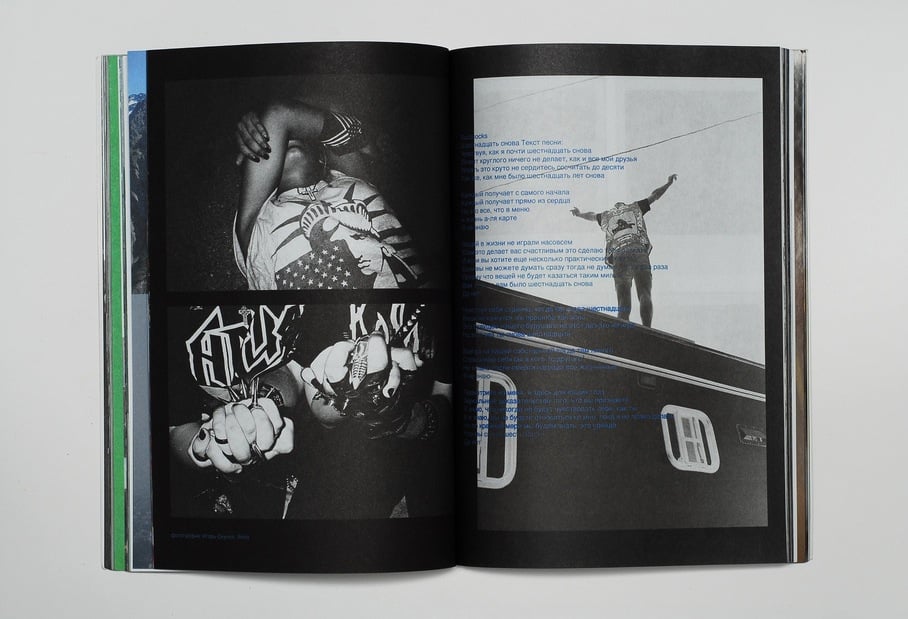
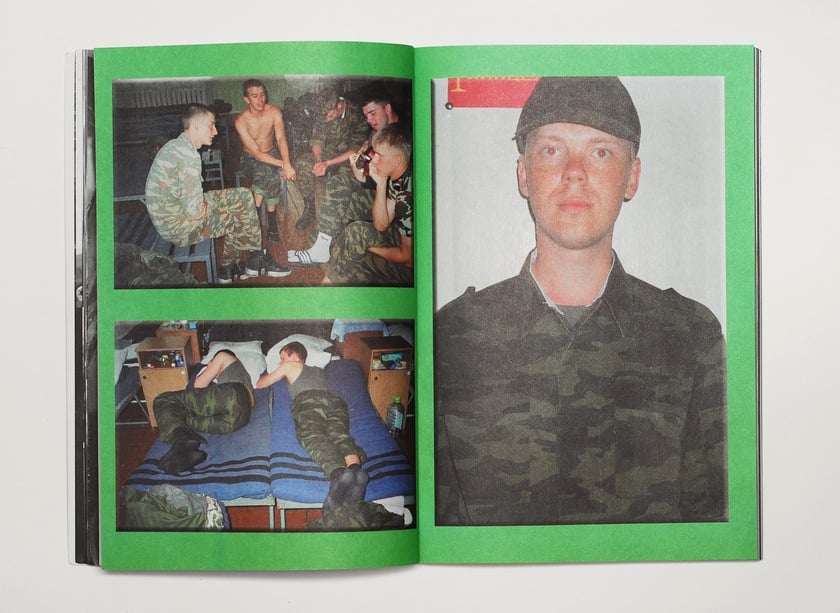
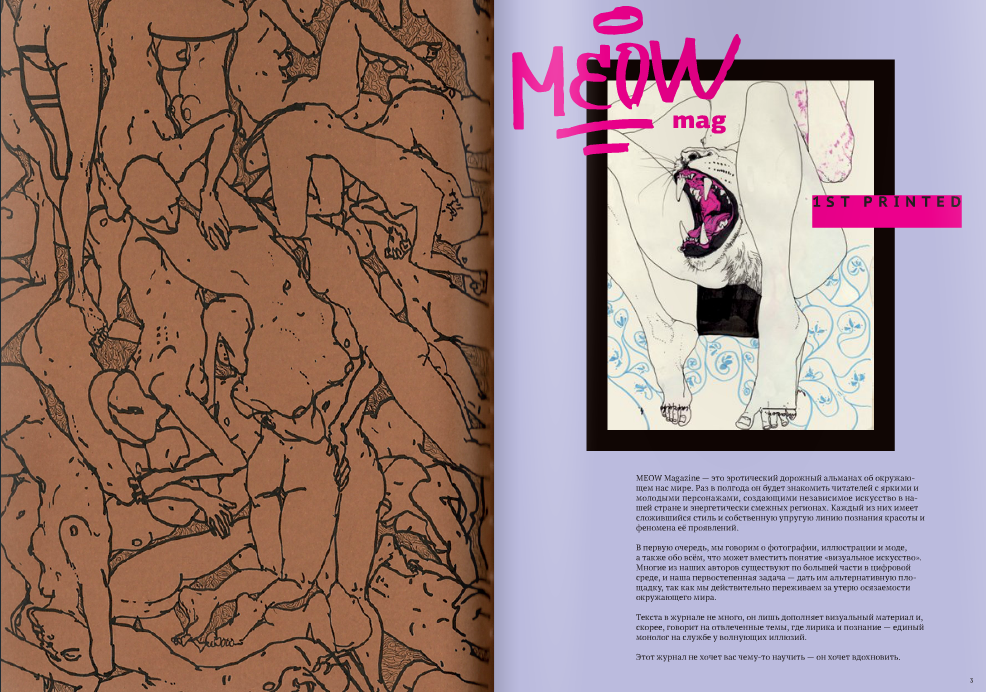
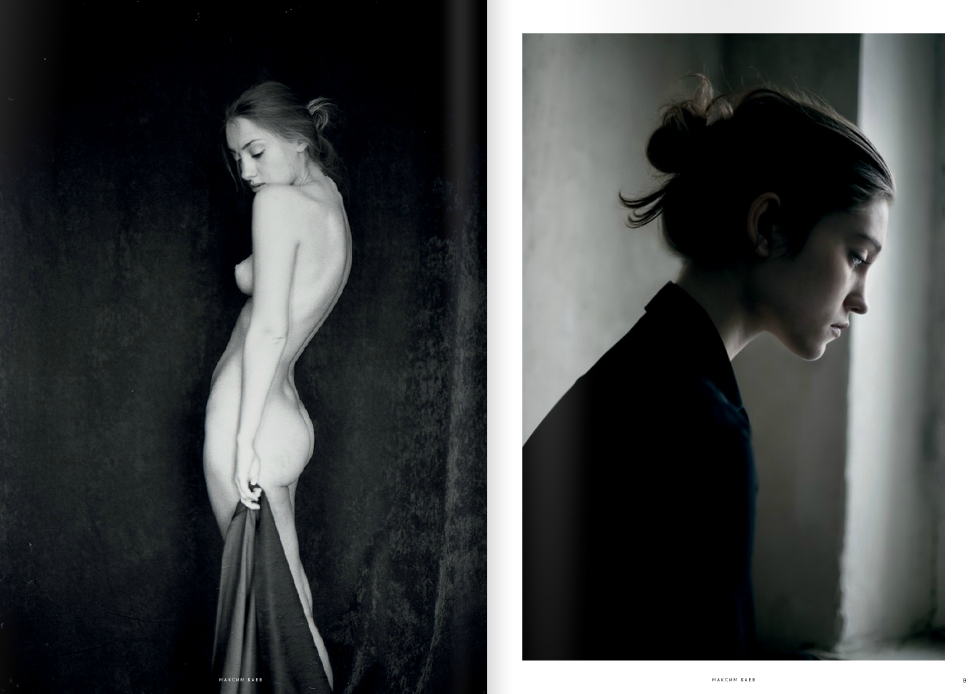
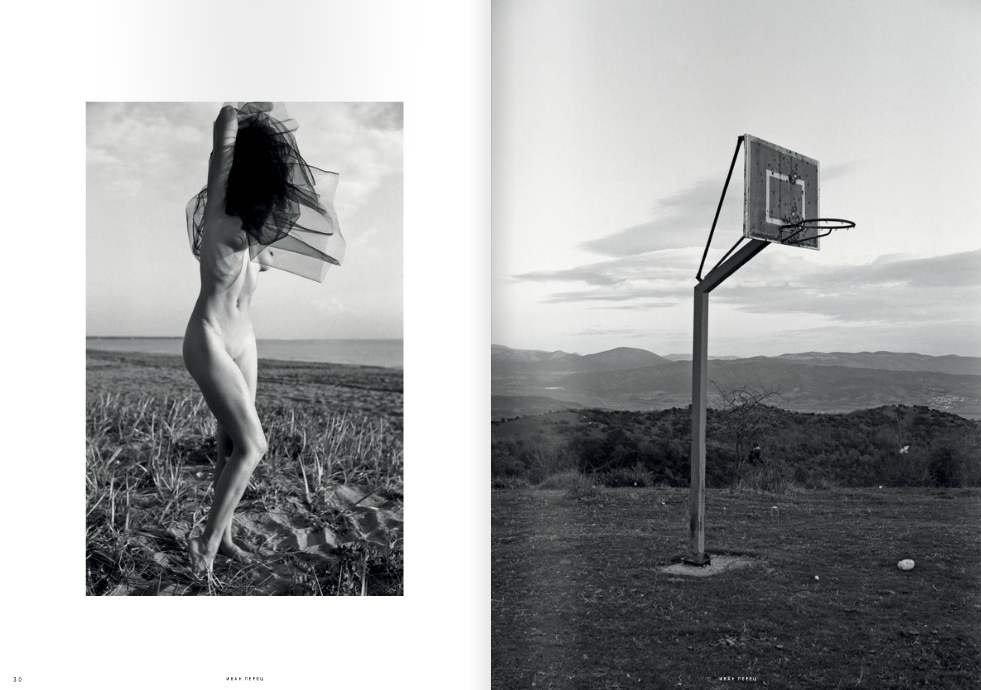
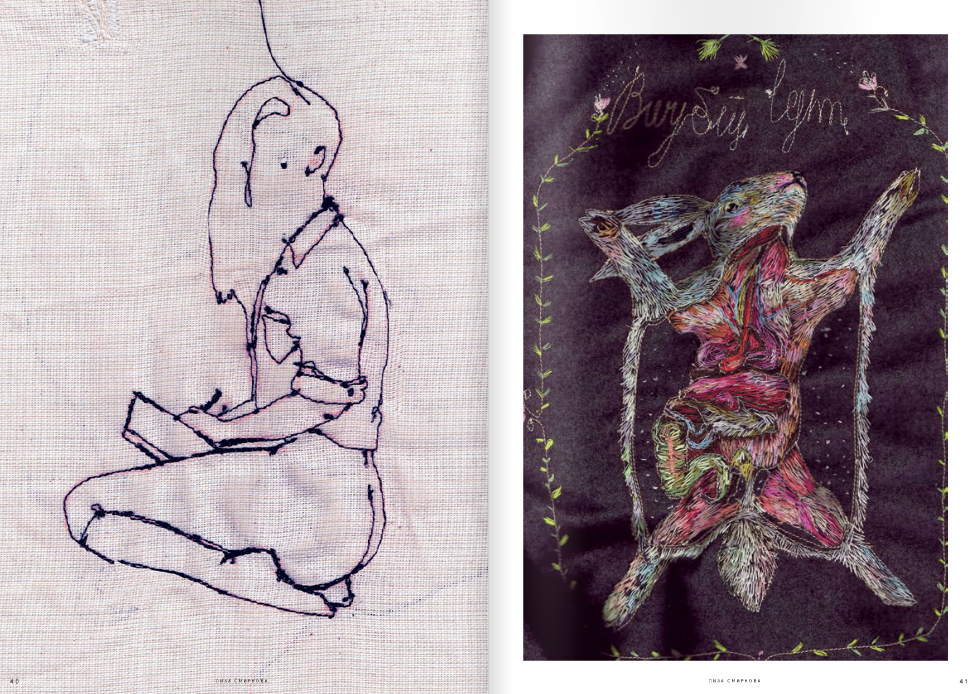
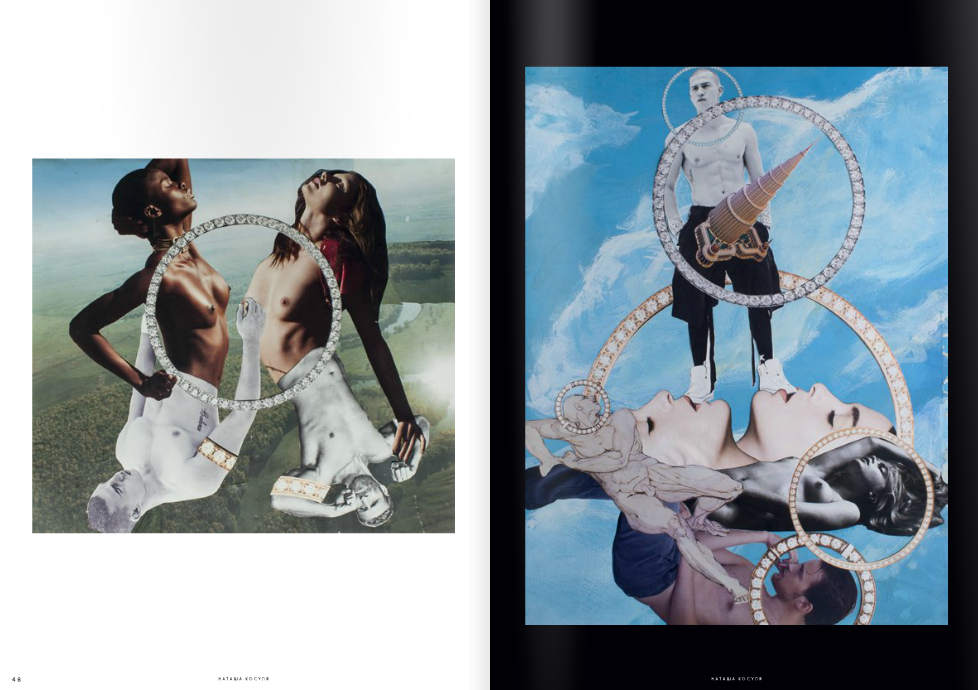
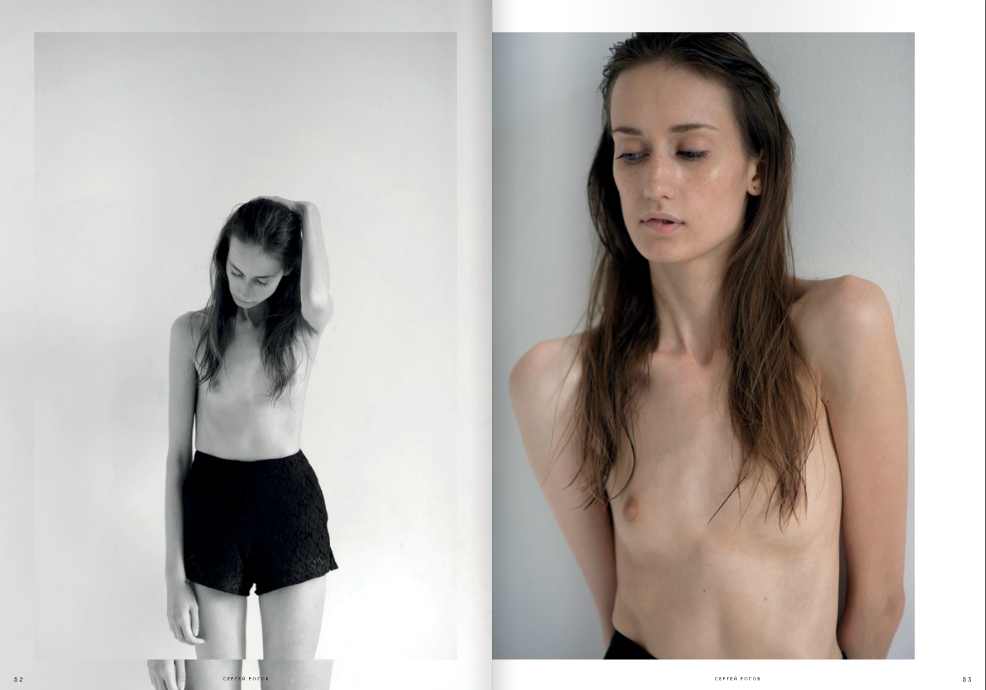
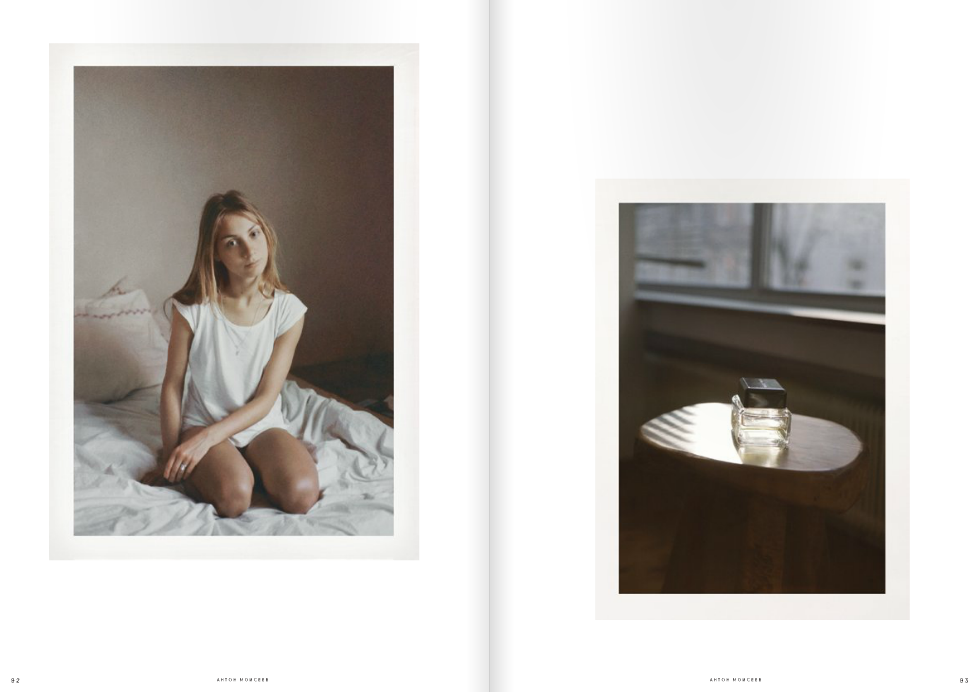





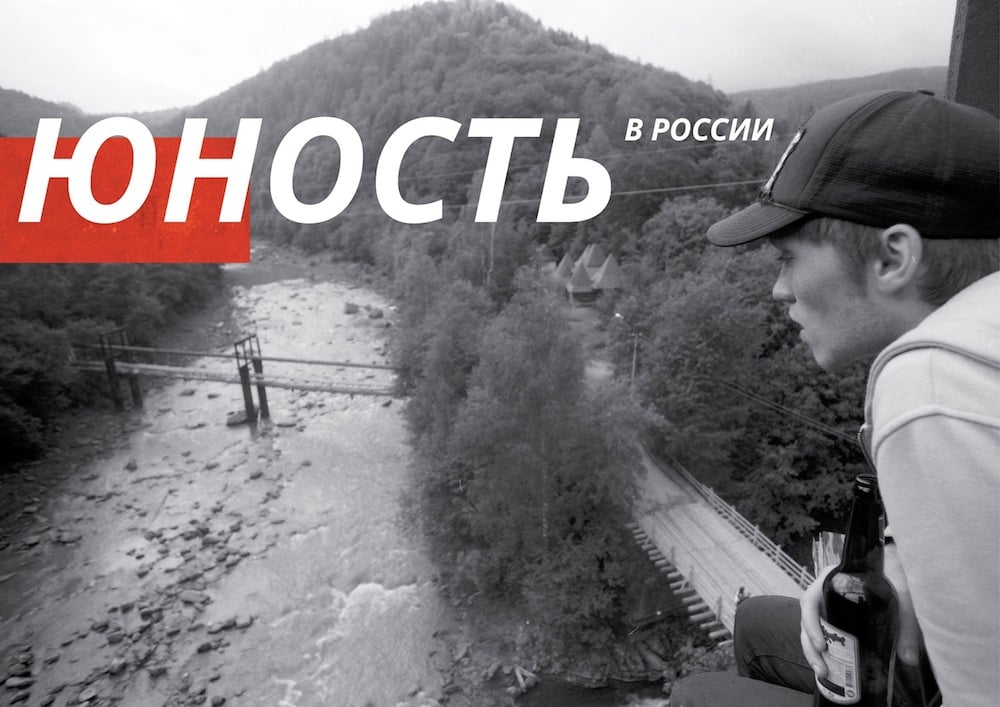
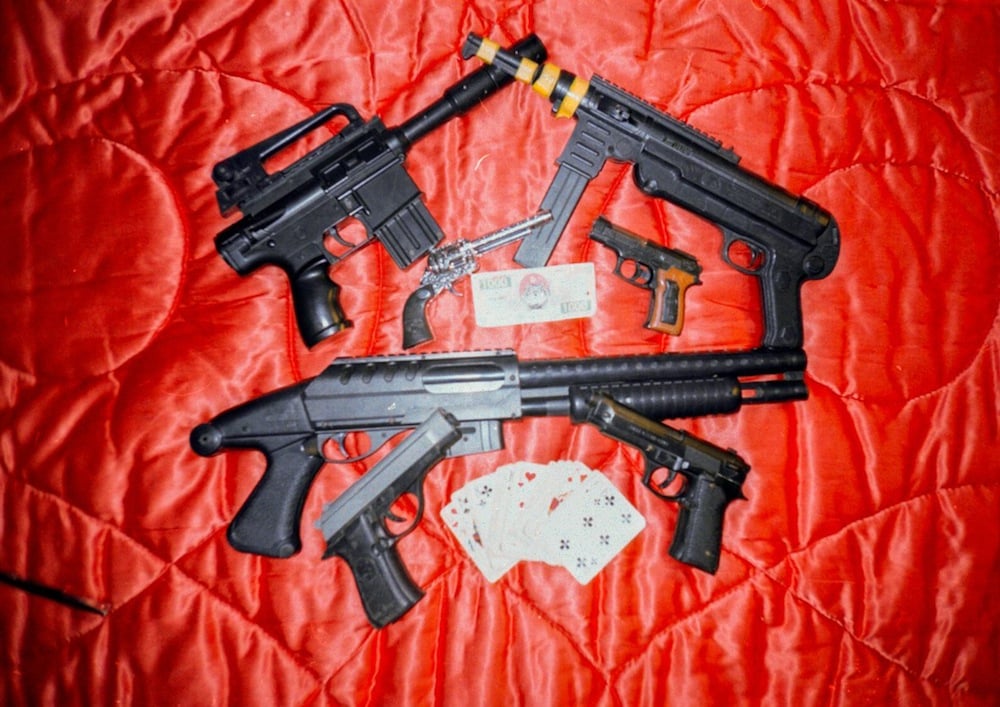
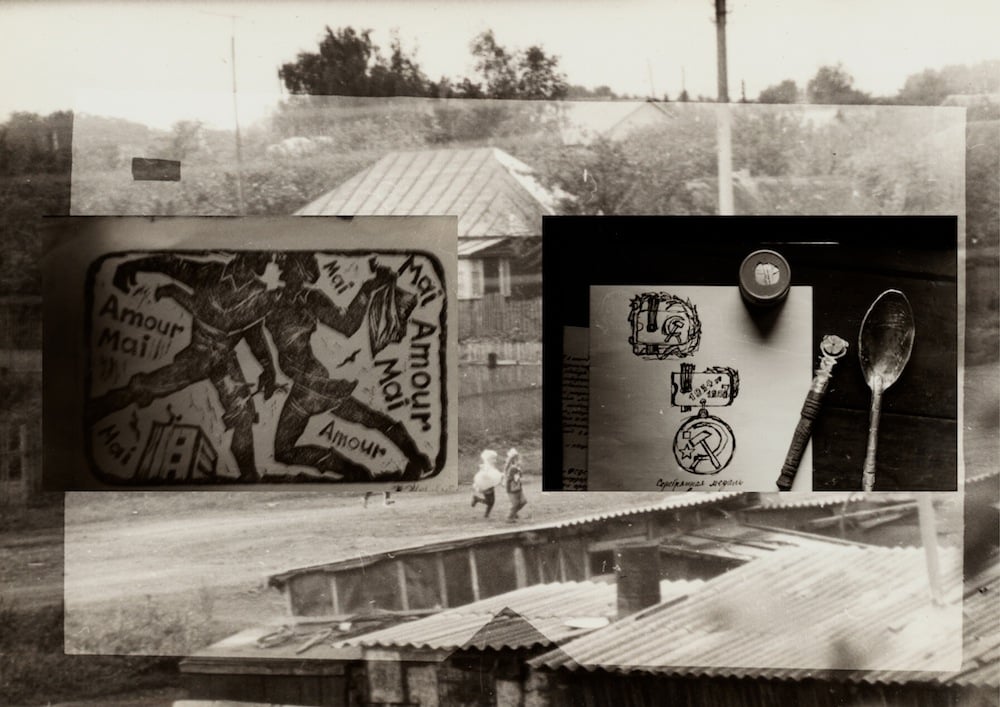
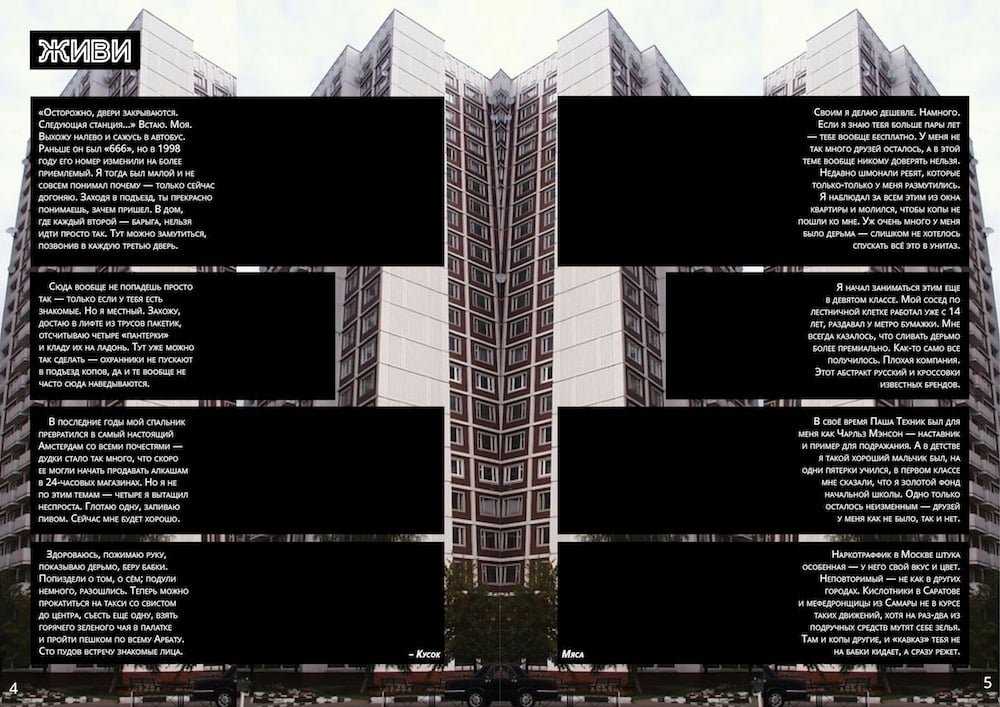
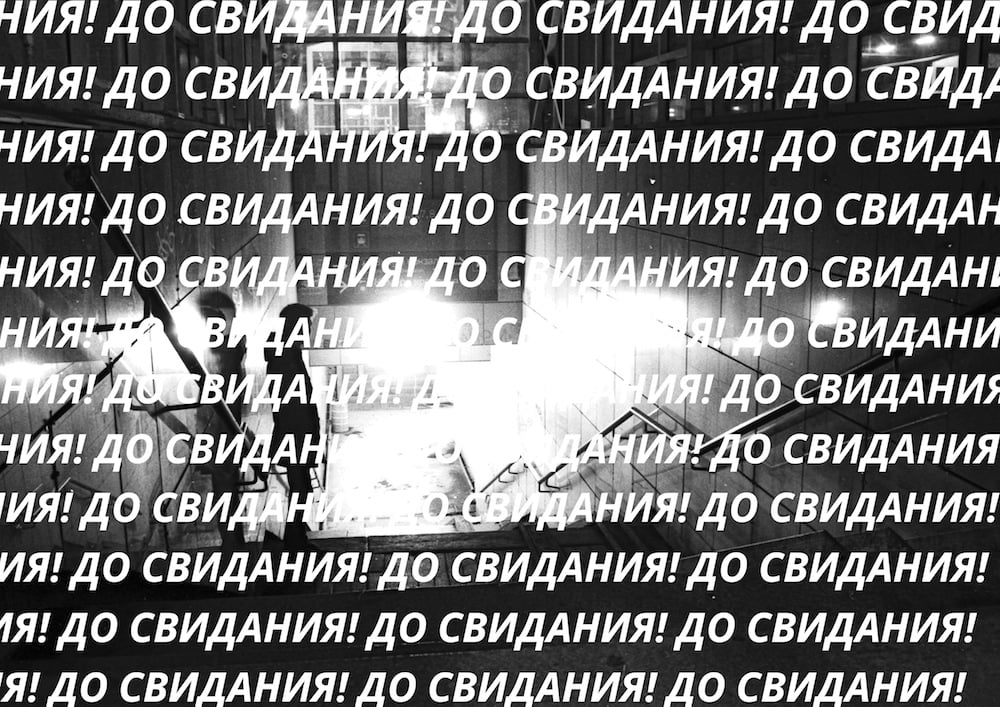
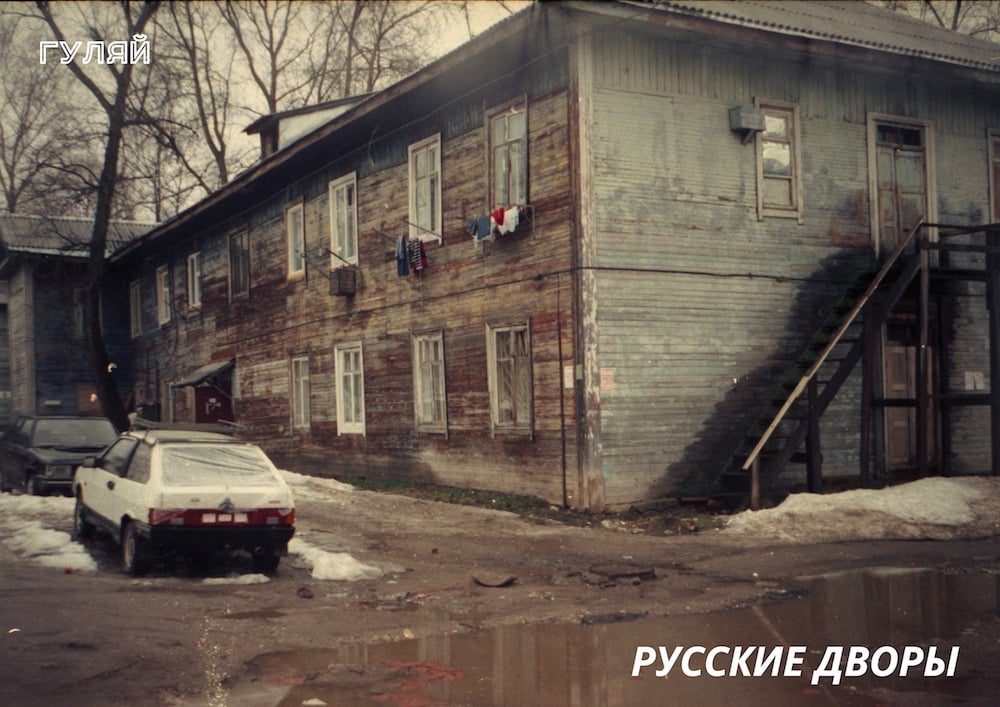

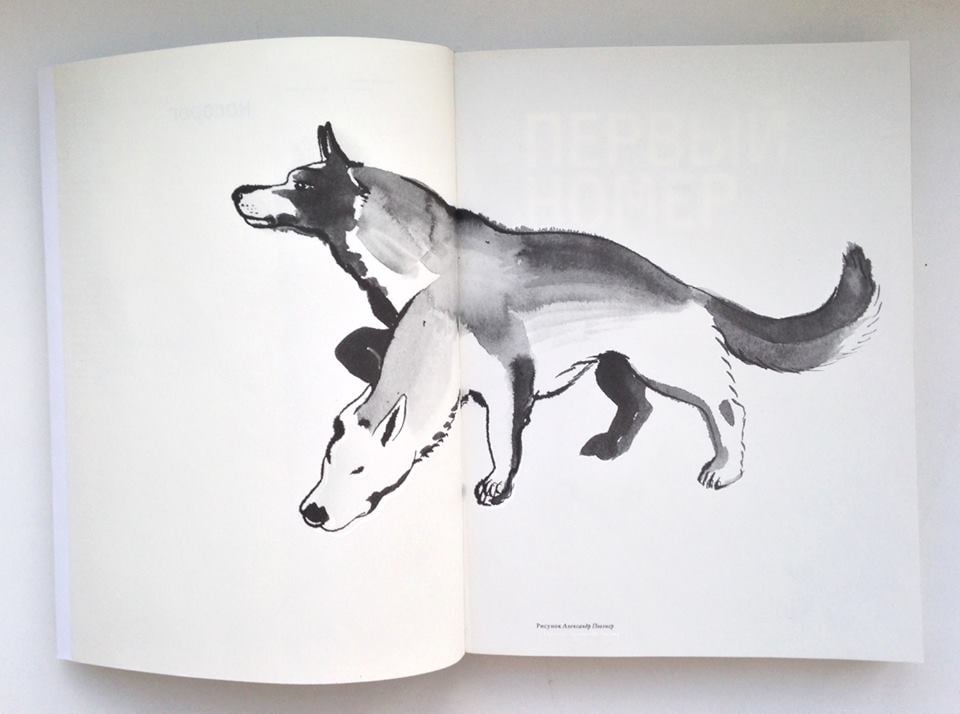
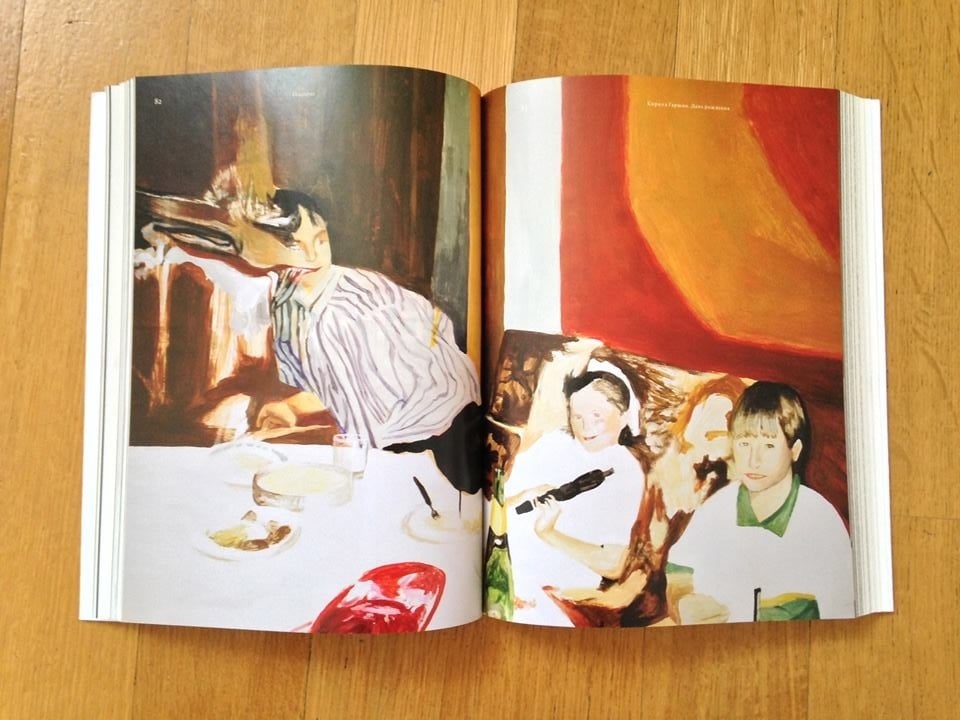
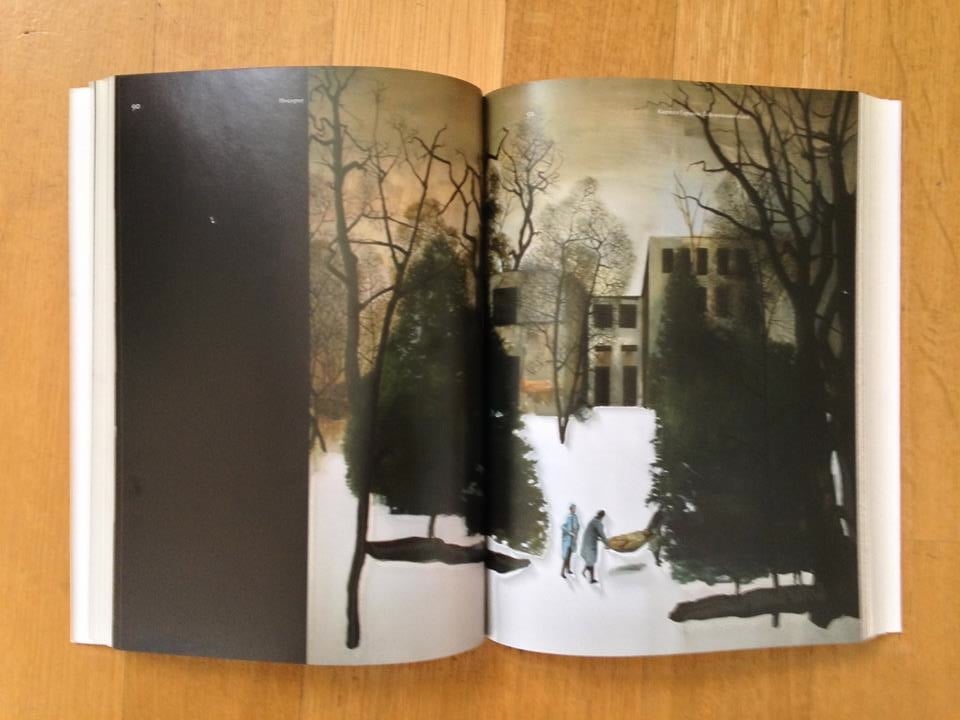
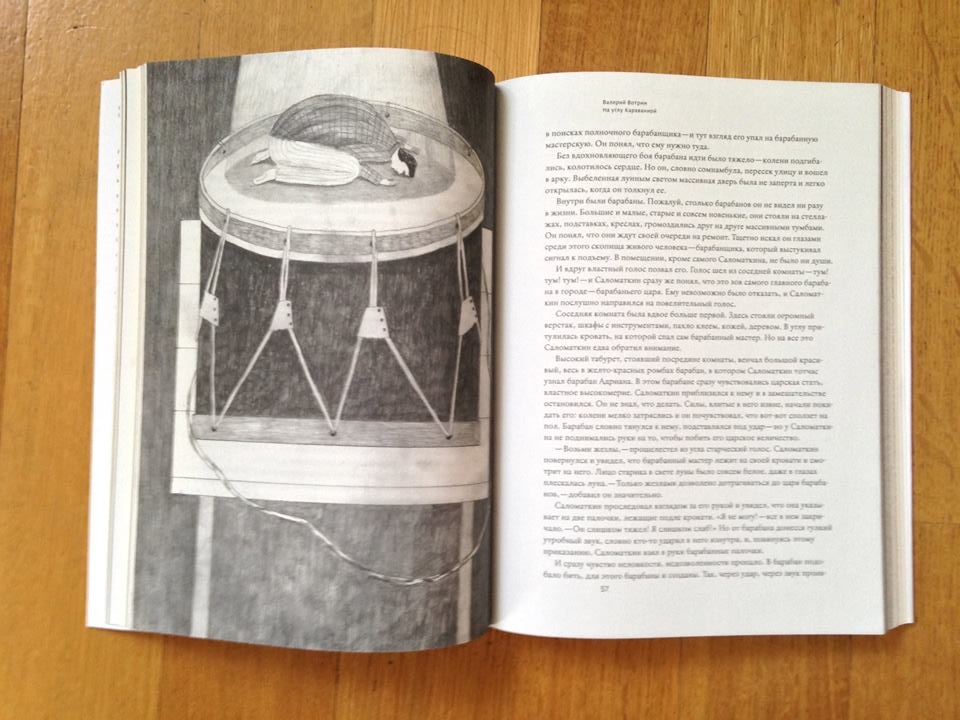
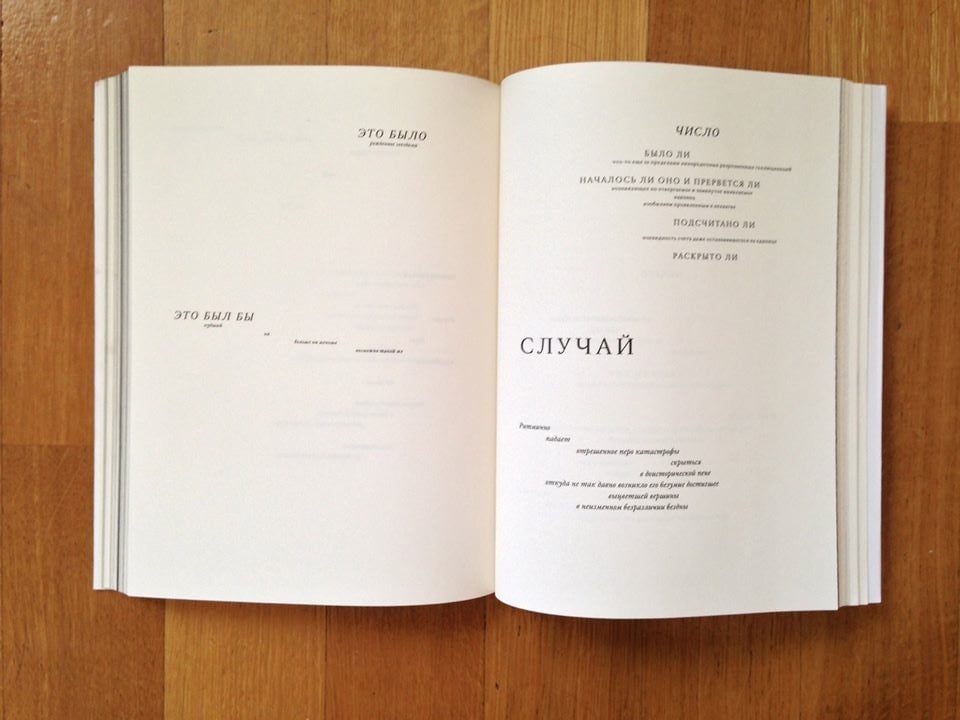
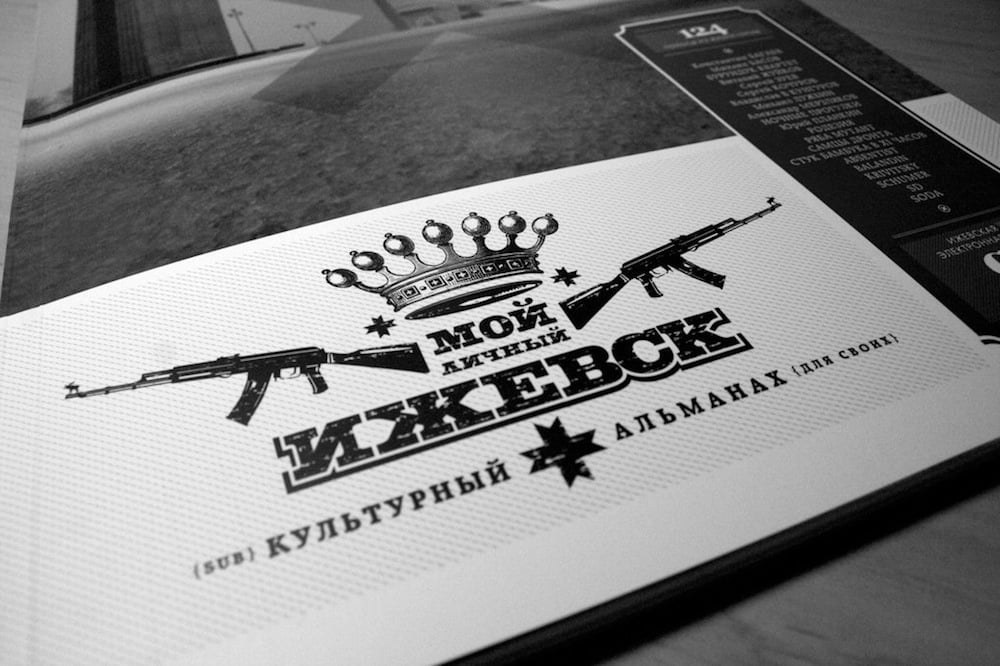
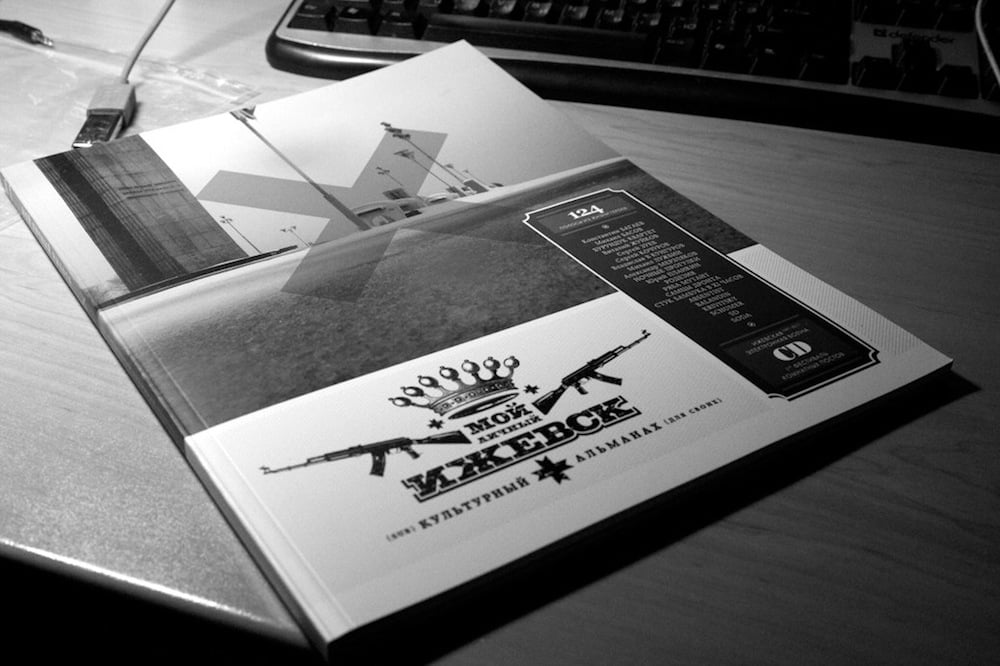
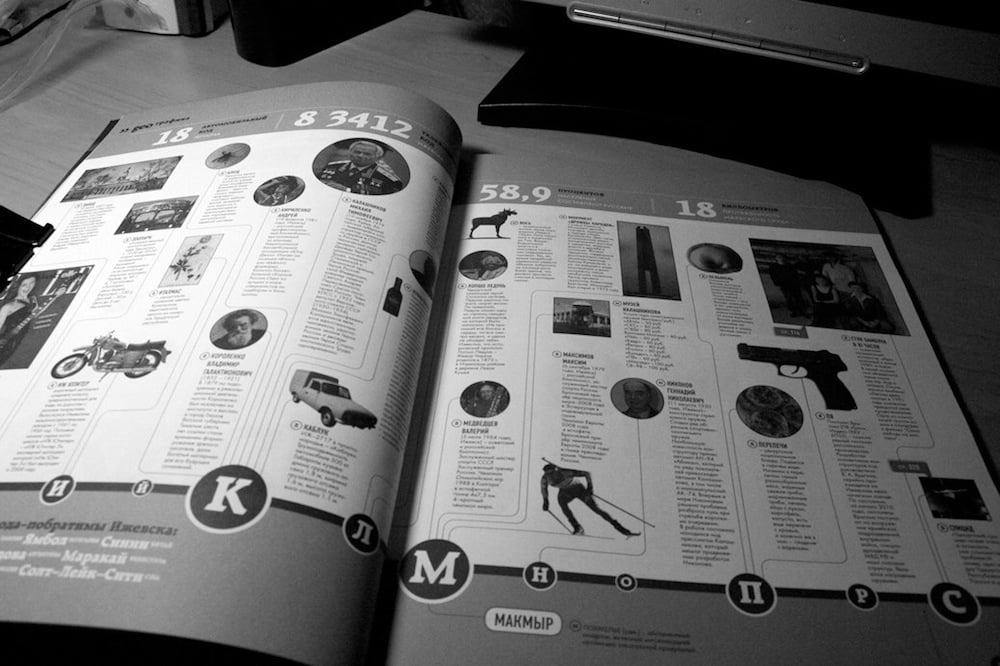
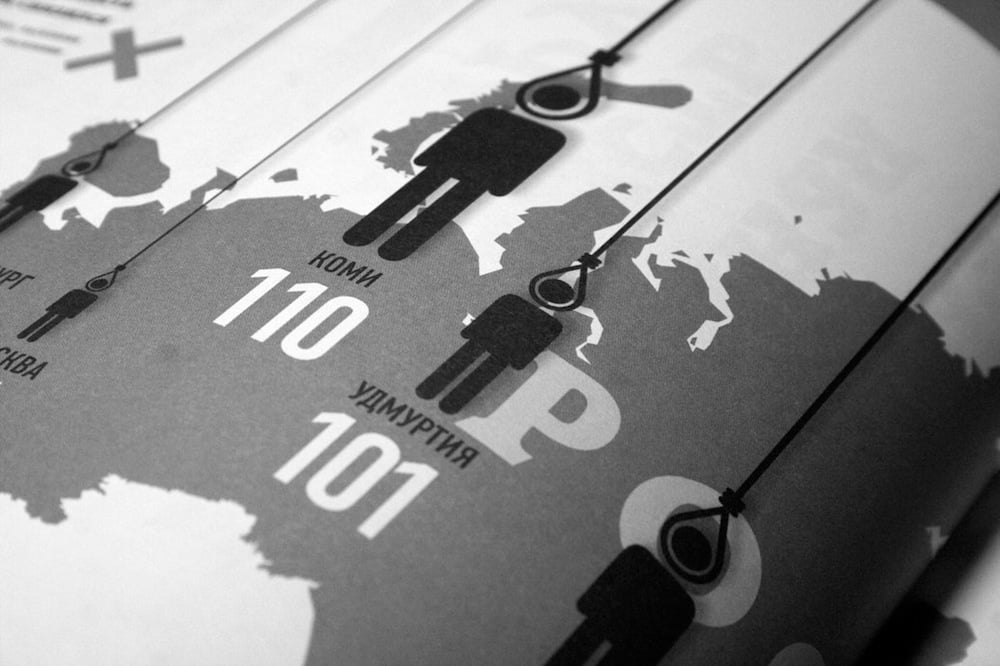
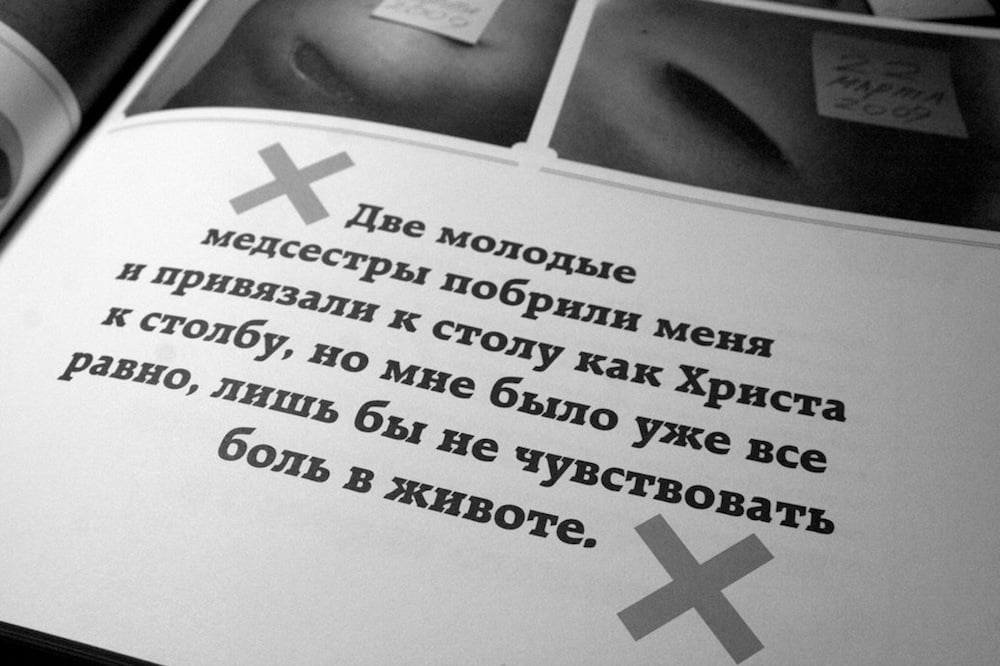
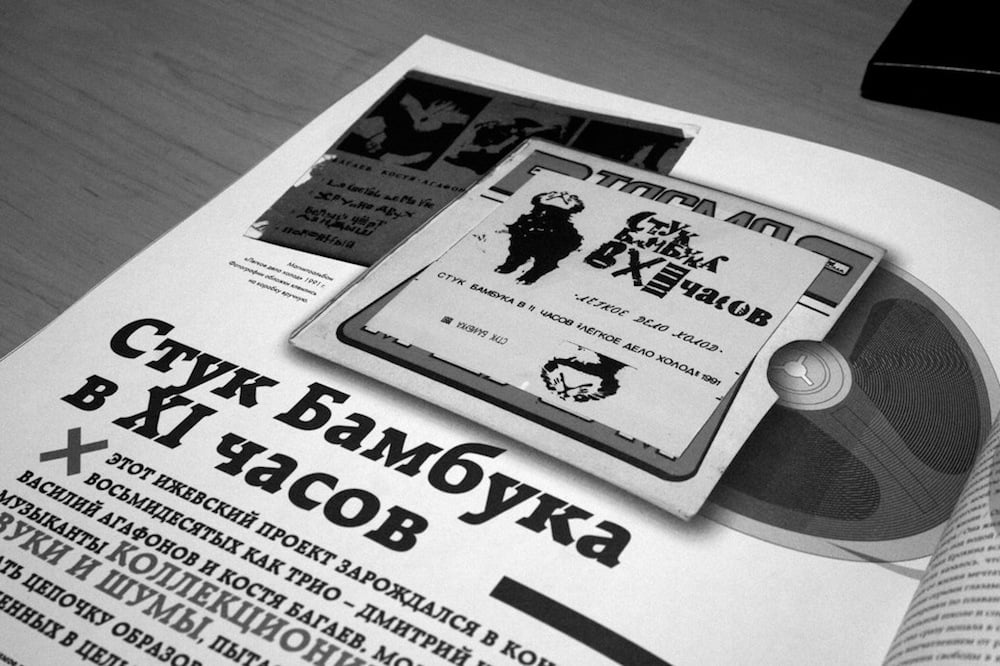
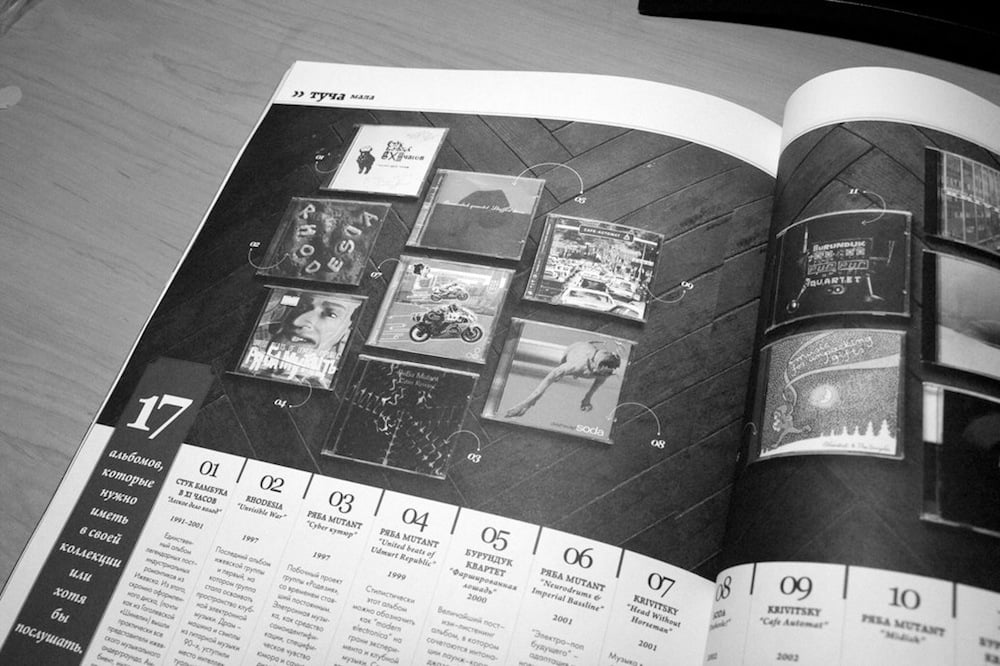
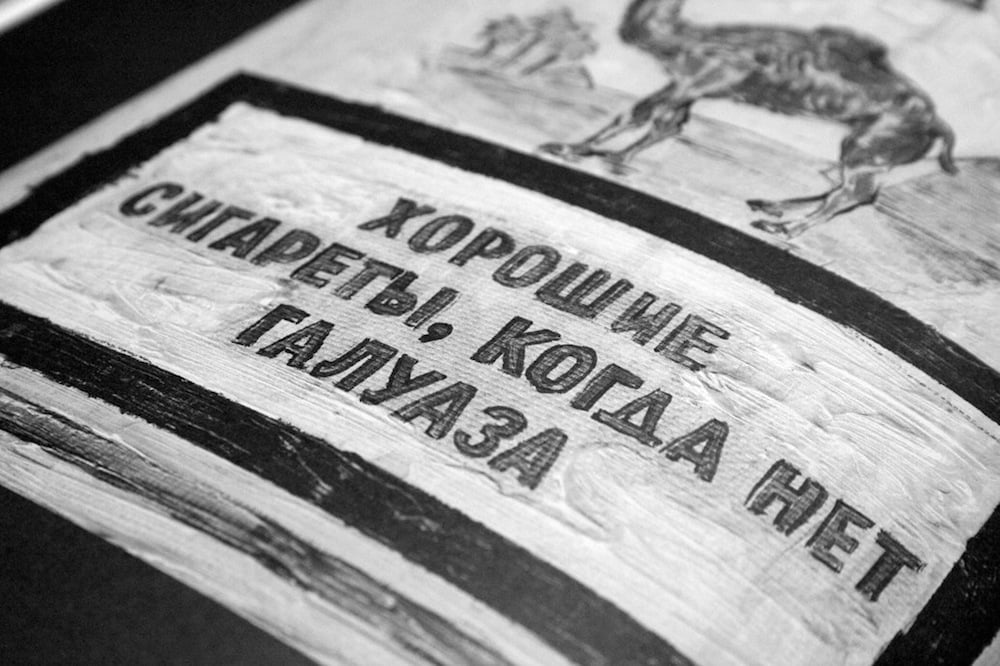
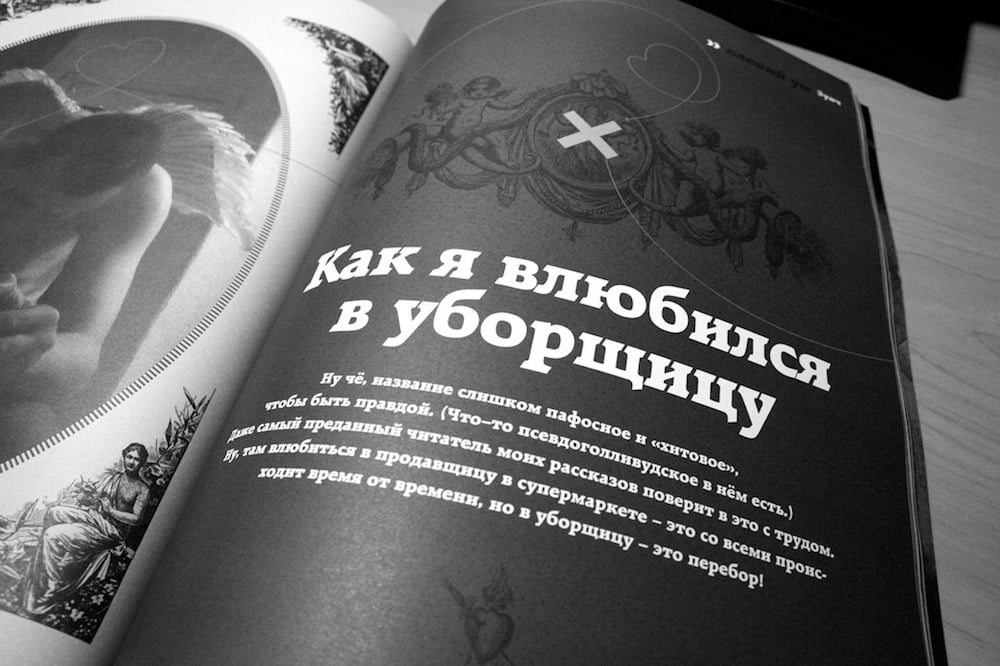
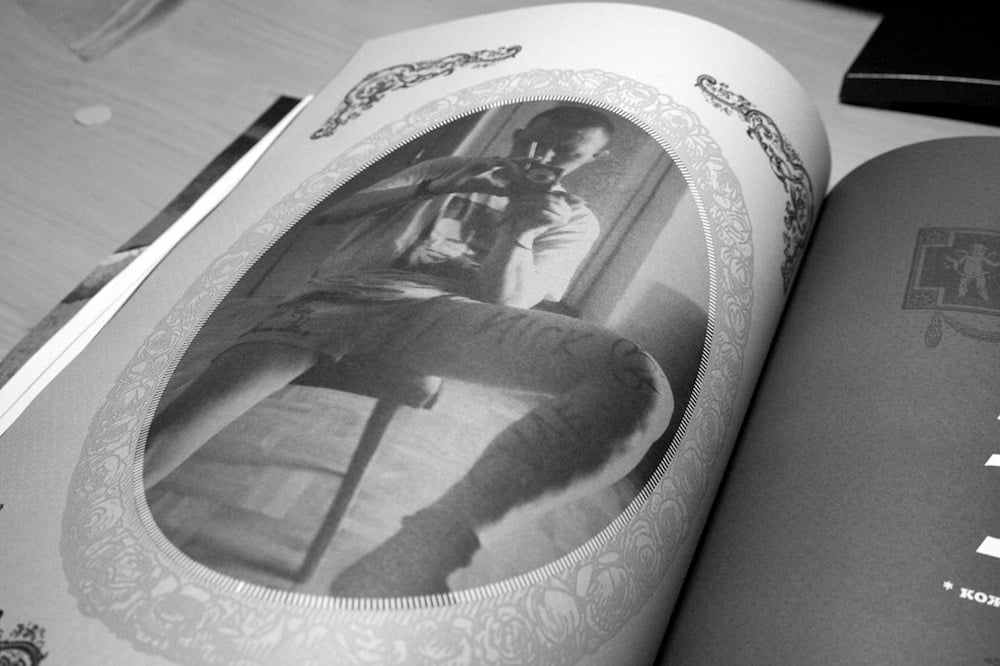
_3.jpg)
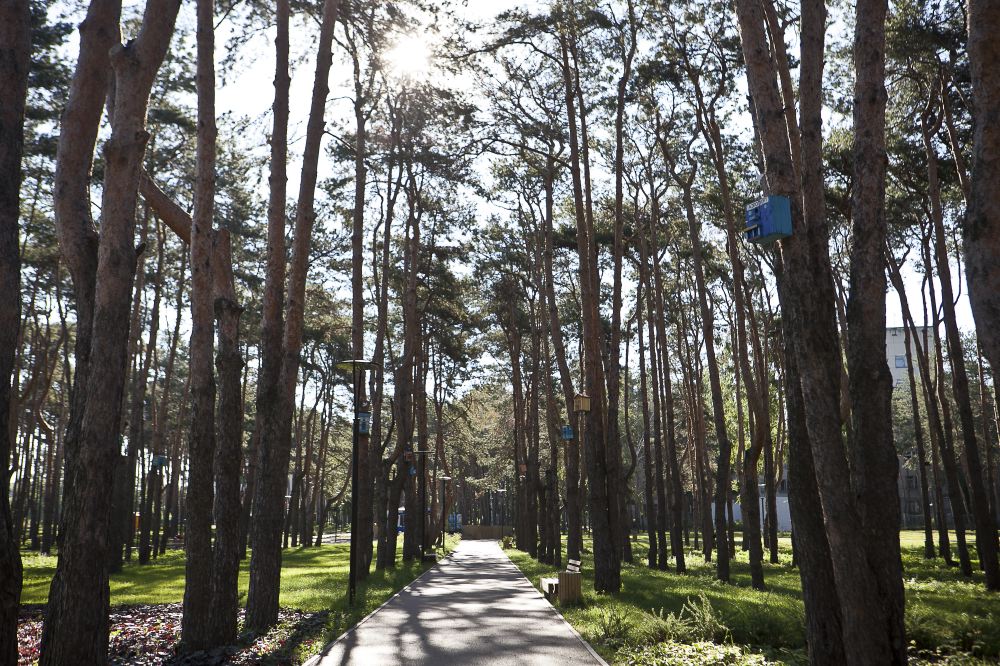
.jpg)
